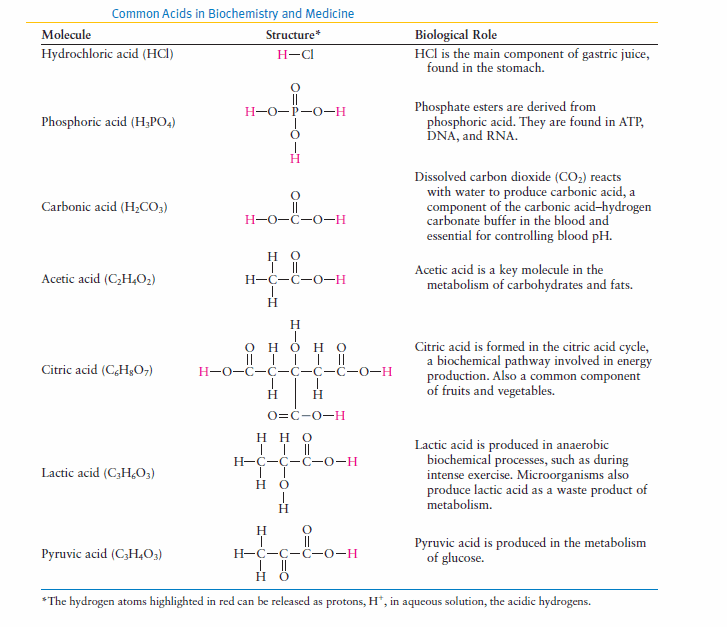BSC 310 Lecture Notes - Lecture 13: Halophile, Acidophile, Thermophile

Growth Requirements for Microorganisms
A characteristic of microorganisms is their ability to grow and form a population of
organisms. One of the results of microbial metabolism is an increase in the size of the
cell. The many requirements for successful growth include those both chemical and
physical.
Chemical requirements. In order to grow successfully, microorganisms must have a supply of
water as well as numerous other substances including mineral elements, growth factors,
and gas, such as oxygen. Virtually all chemical substances in microorganisms
contain carbon in some form, whether they be proteins, fats, carbohydrates, or lipids.
Perhaps 50 percent of a bacterium's dry weight is carbon. Carbon can be obtained from
organic materials in the environment, or it may be derived from carbon dioxide. Both
chemoautotrophic and photoautotrophic microorganisms obtain their energy and produce
their nutrients from simple inorganic compounds such as carbon
dioxide. Chemoautotrophs do so through chemical reactions, whilephotoautotrophs use
photosynthesis.
Among the other elements required by microorganisms are nitrogen and
phosphorous.Nitrogen is used for the synthesis of proteins, amino acids, DNA, and RNA.
Bacteria that obtain nitrogen directly from the atmosphere are called nitrogen-fixing
bacteria. They include species of Rhizobium and Azotobacter, both found in the
soil. Phosphorusis an essential element for nucleic acid synthesis and for the construction of
phospholipids.
Oxygen is used by aerobic bacteria during the process of cellular respiration as a final
electron acceptor. For aerobic organisms, oxygen is an absolute requirement for their
energy-yielding properties. Certain microorganisms grow in oxygen-free environments and
are described as anaerobic. Organisms such as these produce odoriferous gases in their
metabolism, including hydrogen sulfide gas and methane. Certain pathogenic species, such
as Clostridium species, are anaerobic.
Certain species of microorganisms are said to be facultative. These species grow in either the
presence or absence of oxygen. Some bacteria species are microaerophilic, meaning that
they grow in low concentrations of oxygen. In some cases, these organisms must have an
environment rich in carbon dioxide. Organisms such as these are said to be capnophilic.
Other chemical requirements for microbial growth include such trace elements as iron,
copper, and zinc. These elements often are used for the synthesis of enzymes. Organic
growth factors such as vitamins may also be required by certain bacteria. Amino acids,
purines, and pyrimidines should also be available.
Physical requirements. Certain physical conditions affect the type and amount of microbial
growth. For example, enzyme activity depends on the temperature of the environment, and
find more resources at oneclass.com
find more resources at oneclass.com
Document Summary
A characteristic of microorganisms is their ability to grow and form a population of organisms. One of the results of microbial metabolism is an increase in the size of the cell. The many requirements for successful growth include those both chemical and physical. In order to grow successfully, microorganisms must have a supply of water as well as numerous other substances including mineral elements, growth factors, and gas, such as oxygen. Virtually all chemical substances in microorganisms contain carbon in some form, whether they be proteins, fats, carbohydrates, or lipids. Perhaps 50 percent of a bacterium"s dry weight is carbon. Carbon can be obtained from organic materials in the environment, or it may be derived from carbon dioxide. Both chemoautotrophic and photoautotrophic microorganisms obtain their energy and produce their nutrients from simple inorganic compounds such as carbon dioxide. Chemoautotrophs do so through chemical reactions, whilephotoautotrophs use photosynthesis.



